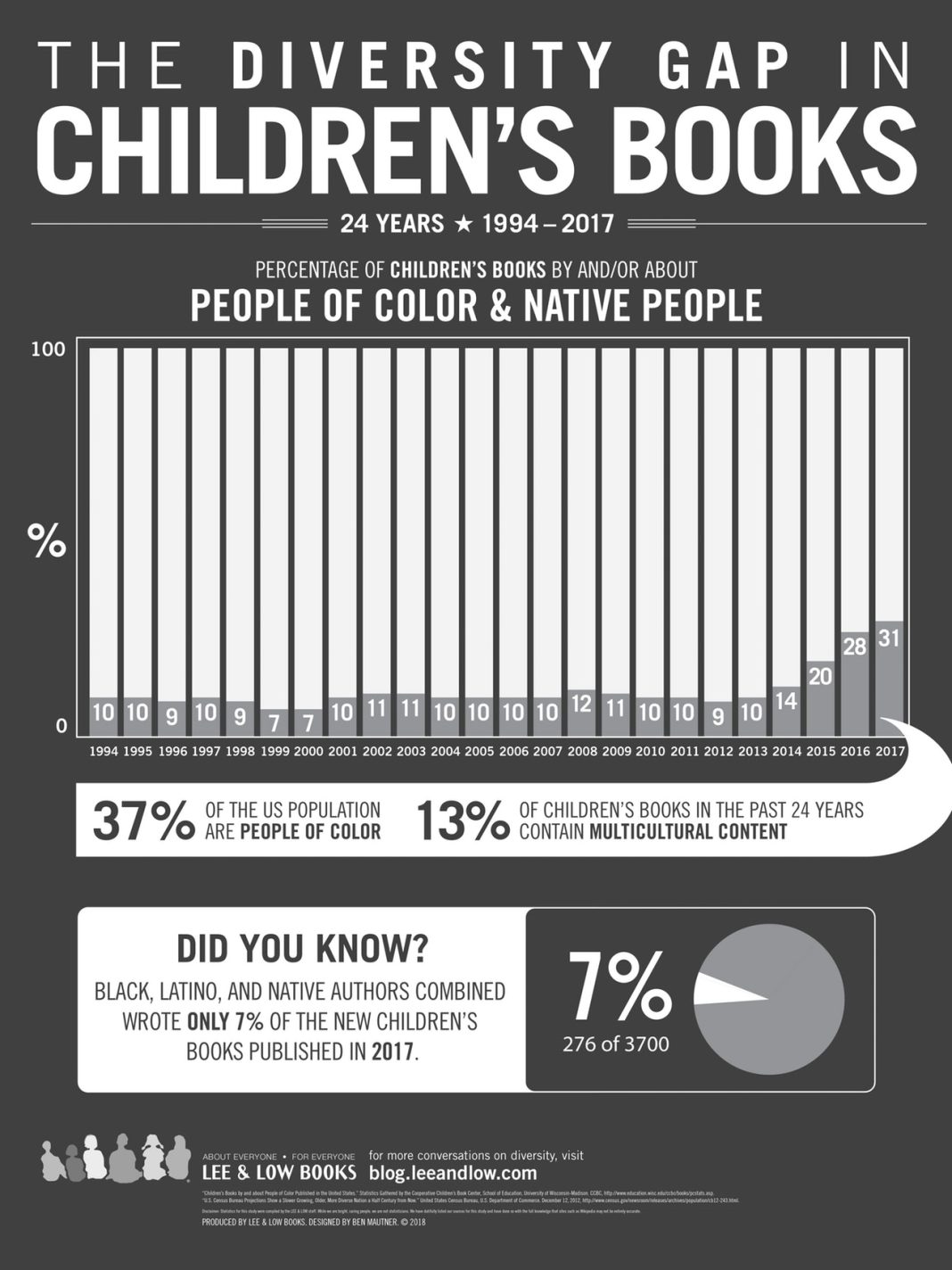 Record High Insolvencies Plague Australian Businesses
Record High Insolvencies Plague Australian Businesses
In the past 12 months, the number of insolvent Australian businesses has reached a record high, according to research conducted by credit reporting agency CreditorWatch. The agency recently released its Business Risk Index for May, providing a comprehensive overview of the insolvency situation across various business sectors. The findings revealed a staggering 38 percent surge in insolvencies across all industries in the year leading up to May 2024, up from 34 percent in the previous year.
The report also highlighted that compared to the highest level of insolvencies before the COVID-19 pandemic, the number of businesses unable to pay debts soared by 41 percent. This alarming trend can be attributed to various factors, including cash flow problems and the economic impact of the ongoing pandemic.
Examining the insolvency rates by sector, it was found that electricity, gas, water, and waste services experienced the highest rate of insolvencies at 89 percent. This surge was primarily driven by the rising number of small businesses that entered into administration. Following closely behind were the education and training sector at 87 percent, mining at 72 percent, and construction at 46 percent.
Interestingly, the information media and telecommunications sector was the only industry to report a drop in insolvencies, with a decrease of 2 percent. This may be attributed to the increased reliance on digital platforms and online services during the pandemic.
Moreover, the mining industry witnessed a sharp increase in insolvencies among both large and small companies, indicating the financial strain experienced by this sector.
Additionally, CreditorWatch’s report revealed that business payment defaults reached a new record high in May, surging by 21 percent compared to April 2024 and a staggering 58 percent compared to May 2023. This statistic aligns with the increasing late payment rates and rising court actions observed in recent months. The food and beverage services industry carried the highest risk of failure at 7.54 percent, followed by administrative and support services at 5.43 percent, and arts and recreation services at 5.4 percent.
Chief Economist at CreditorWatch, Anneke Thompson, highlighted that these record-high payment defaults reflect worsening cash flow issues in the business sector. She attributed this trend to the significant pullback in consumer spending, resulting from high interest rates and inflation negatively impacting household budgets. Thompson noted that although the impact of reduced consumer spending took time to manifest in business data, it is now evident through increasing late payment rates, rising court actions, and a surge in business failures and insolvencies.
Data from the Australian Bureau of Statistics revealed that household spending rose by 3.4 percent in the year leading up to April 2024, lower than the 3.6 percent inflation rate. This indicates a decline from the 8.7 percent growth observed in April 2023.
Looking ahead, CreditorWatch CEO Patrick Coghlan projected that there would not be a meaningful turnaround in consumer confidence until 2025, once the effects of at least two rounds of interest rate cuts had been felt. He acknowledged that while next month’s tax cuts could provide some relief for households, it is unlikely to significantly boost discretionary spending.
The stage three tax cuts, set to take effect from July 1, 2024, will impact around 13.6 million Australian taxpayers. The federal government estimates that the average benefit for each taxpayer will amount to approximately $1,888 per year.
Despite the anticipated tax cuts, CreditorWatch anticipates a challenging period for businesses throughout the remainder of 2024. High-interest rates and consumers’ focus on non-discretionary goods and services are expected to continue placing significant strain on businesses across various sectors.


